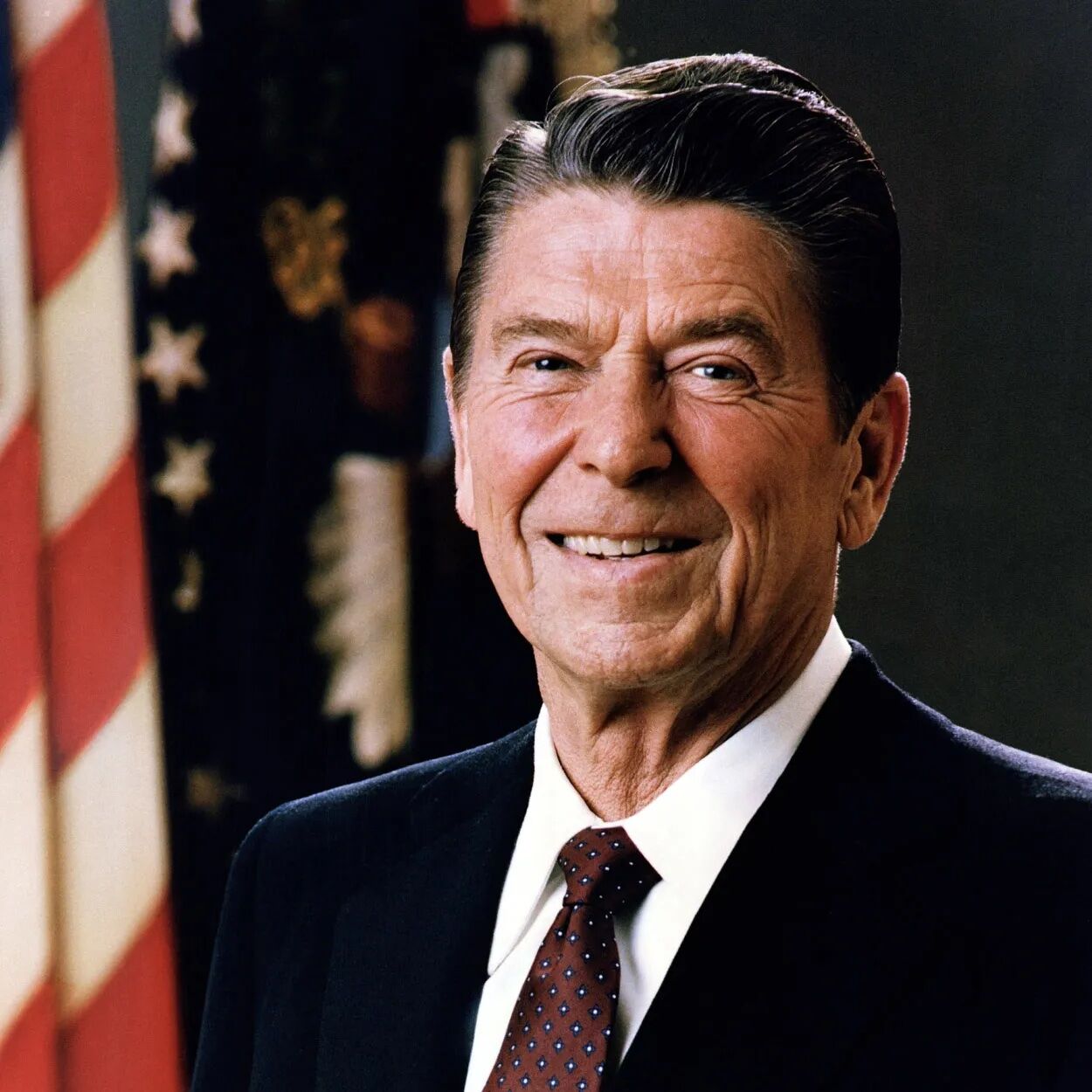
The Reagan Revolution
With Ronald Reagan’s election as president, pro-business conservatives had taken an important first step in their revolt against big government. Heavily influenced by the new ideas flowing from the Heritage Foundation and the reinvigorated expression of conservative thought, Reagan made a definitive break from the liberal policies and “good government” of the prior decades.
The Reagan presidency ushered in a new set of policy ideas culled from the intellectual output of the new conservative think tanks, and in particular, The Heritage Foundation. They marked a departure from the liberal policies of the past that favored government intervention on behalf of the underprivileged and underpaid, the environment, and the under-represented. Reagan declared in his inaugural address, “Government is the problem.” It was a statement often assumed to refer generally to the Right’s desire to shrink the federal government. The essence of that concept fueled not just the Reagan Revolution but much that came after it, as expressed in the determination to dismantle the administrative state.
While fiscal conservatism sparked Reagan’s campaign, it was the Reagan coalition that carried him to victory. This New Right coalition included three distinct groups: the business community that had been angered by waves of government regulation and which was feeling absolved of its social responsibility as Milton Friedman’s views on business took root; the Jim Crow-supporting southern Democrats who angrily switched to the Republican Party following passage of the Civil Rights and Voting Rights Acts; and Christian evangelicals whose righteous anger was pricked by the politically engaged Moral Majority.
With Reagan as its standard bearer, this newly constituted Republican Party had at last severed ties with the party’s good government policies that had first been rejected by Republican Barry Goldwater in his failed 1964 campaign for president. Those policies were articulated in the Republican Party’s 1956 platform, citing its achievements in expanding social security, broadening coverage for unemployment insurance, improving housing, and providing better healthcare for all Americans.
The 1980 Republican platform set the party in the opposite direction and contained elements specifically aimed at coalition constituents. It called for “sweeping change in economic policy” known as supply side economics; a constitutional amendment in support of the right to life of the unborn; and stricter controls on welfare and food stamps eligibility. A pledge to Americans of Southern, Eastern, and Central European descent that they would no longer be forgotten in discussions of equal rights and fair treatment under the law may have been one of the first times that any White Americans were specifically mentioned in the context of equal rights.
Reagan’s campaign drew the support of the Ku Klux Klan – though Reagan quickly distanced himself from the group – and this fiery speech from Paul Weyrich, who denounced those Christians who have the “goo goo syndrome” – a belief in good government and the desire to have everyone vote. “I don’t want everybody to vote,” he told the audience. “Our leverage in the elections quite candidly goes up as the voting populace goes down.”
Still far from the center of the party, a new Republican base had begun to show itself.

